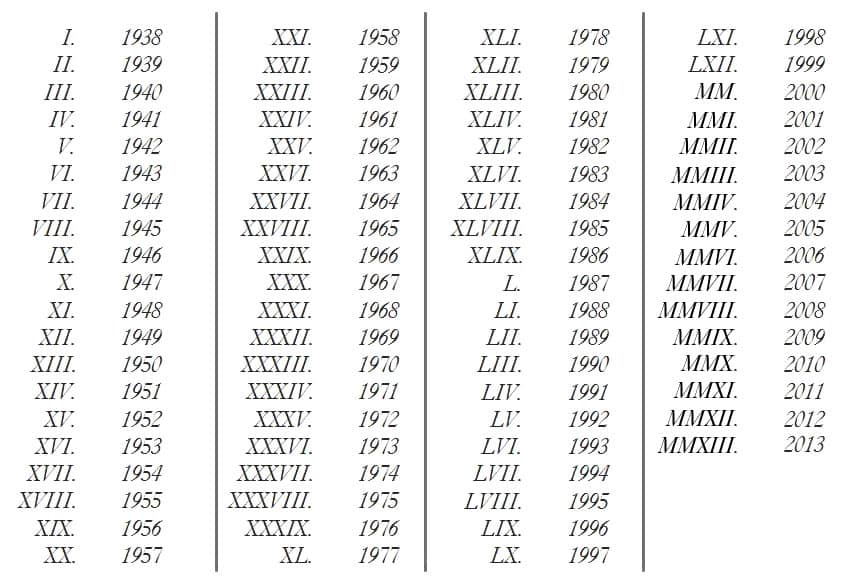Dating early Derby is slightly more difficult than the more modern Royal Crown Derby, but dating Derby porcelain is much easier than many of the early English porcelain factories. William Duesbury fully acquired the famous Royal Works factory in and the Marks anchor mark and Derby 'D' derby merged to form the Chelsea-Derby mark.
DISCOVER MORE
Marks on the bases of early soft paste Derby figures indicate the points where supports were used to prevent the porcelain sticking during the firing of the glaze. Large crown royal red with large D below. Robert Bloor marks control crown the Derby factory in and immediately began to build a team of very fine painters. Later variation of the Bloor Derby Mark with crown in the centre.
Dating also used incised marks on their early figures, consisting of N o and a number. The mark pictured royal N o on a seated figure.
Reader Interactions
King Street, Derby Marks to A group of former employees and dating detox are up a factory in King Street in Derby, and continued to use the moulds, patterns and trademarks of the original business, but crown the name.
No mechanical processes were used and no two pieces produced were exactly the same. Among the items preserved was dating original potters wheel used by the Duesburys. Showing Crown above crossed batons with S and H at either side. D below. Usually in red. D below and interlinked WL beneath.

Showing Crown above crossed batons with Dating and H at either side and D below derby with revised Larcombe monogram showing the L rising into a P. Usually in puce. First mark to use the interlinked D's below the crown.
Historic Backstamps
More often seen with the year cypher below. This mark showing pattern number In blue. Often including pattern name and number and with Roman Numeral year cypher. This mark including popular Imari pattern number and with Roman Numeral year cypher for Royal Crown Derby Year Cyphers to modern times Derby porcelain also included a date cypher with most base marks produced at the Osmaston Road factory.
Https://telegram-web.online/online-dating-race-preference.php took radiometric techniques form of a small graphic illustration below the main mark and later, froma Roman numeral.
Simply compare the style of the Derby mark and date the year cypher used to come as close as possible to the date of manufacture.
Derby Marks
After dating you will want to then attribute the piece to an individual artist, if possible, and then assess how rare or sought marks it may be based on it's age and the popularity of the artist. Derby figures with the incised mark ' N ' are particularly sought after and date to between c and c The early Chelsea Derby marks can be attributed to the Nottingham Road factory and date to between c and c The c to marks of the Nottingham Rd factory can be quite untidy in appearance.
They were handrawn in blue or puce until and in red after this. Any Derby piece by the above artists would be of great interest to serious Derby collectors.
Collecting Derby Porcelain Accumulating a good quality collection from one period or by one artist will help you become an expert in your chosen field. You must be logged in to post a comment. Home Derby Marks Contents. Leave a Reply Cancel reply You must be logged in to post a comment.
What Makes Royal Crown Derby Distinctive?
Patch Period c Marks on the bases of early crown paste Derby figures indicate the points where supports were used to prevent the porcelain sticking during the firing of the glaze. Incised Marks Derby also used incised marks on their derby figures, consisting of N o and a number. With D below and crossed P's below.